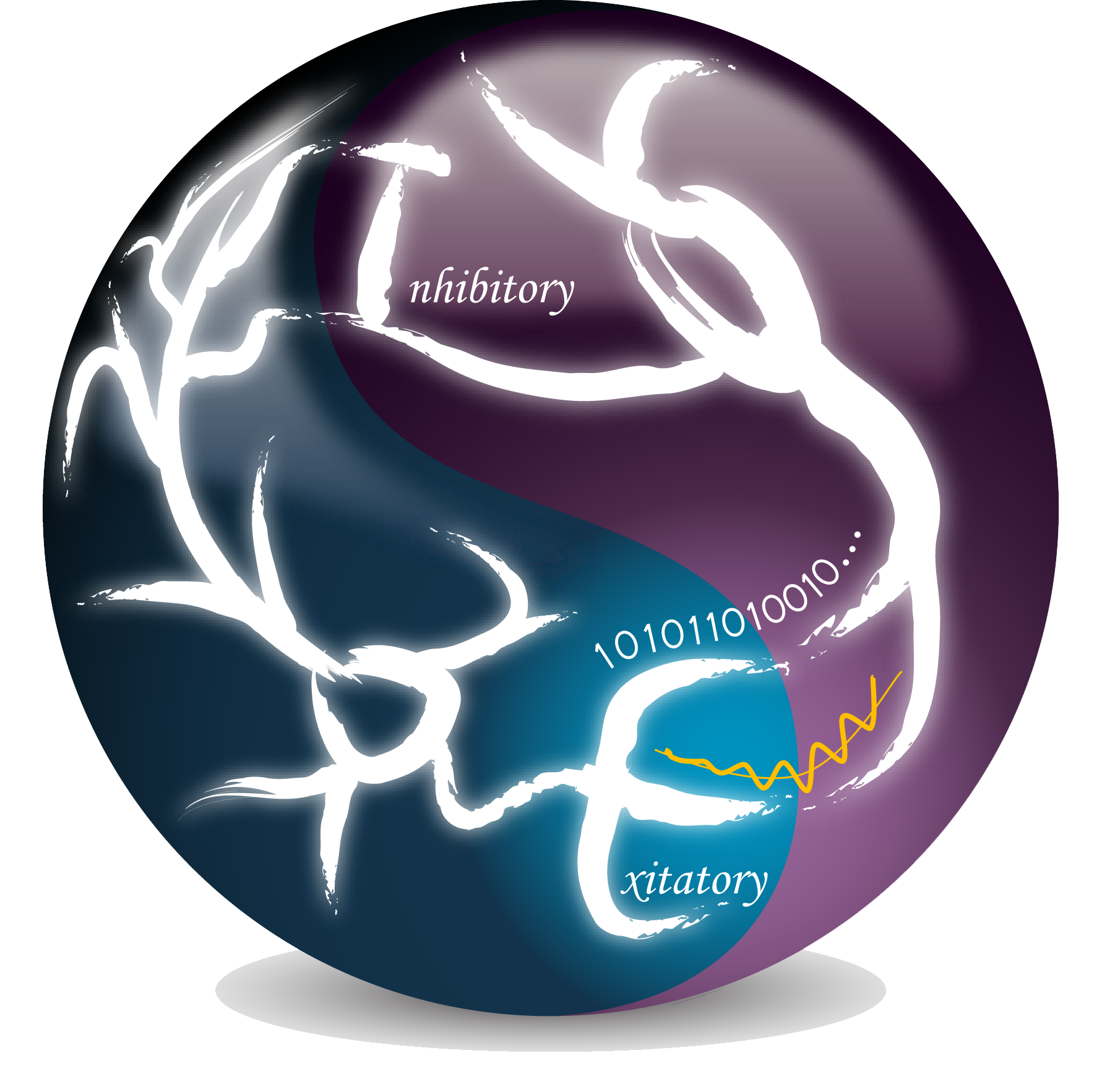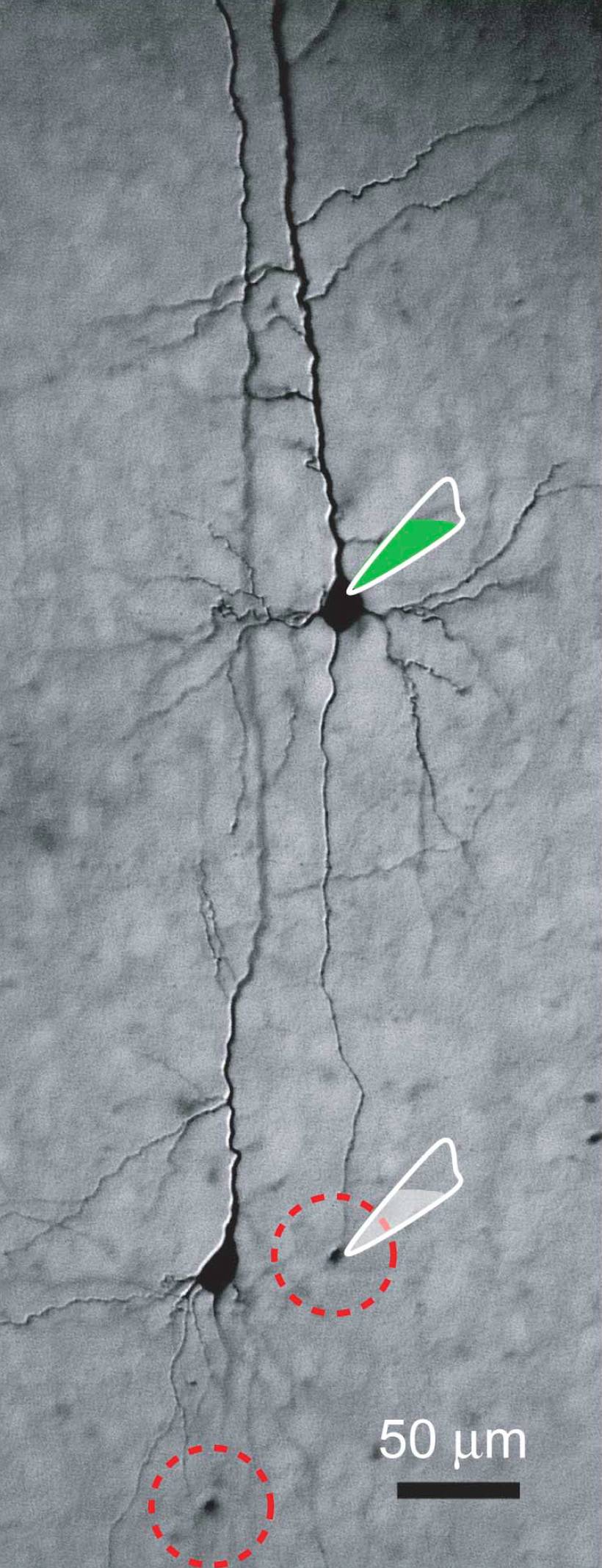- Laboratory of Neural Excitability and Neuromodulation
- Institute for Translational Brain Research,
- State Key Laboratory of Medical Neurobiology,
- MOE Frontiers Center for Brain Science,
- Department of Neurology, Huashan Hospital
- Fudan University
- Lab Head: Yousheng Shu
Email: yousheng@fudan.edu.cn
- The Fudan University Fenglin Campus, 131 Dong'an Road, Xuhui District, Shanghai

|
- Research Interest
-
-
The long-term goal of the laboratory is to dissect the underlying mechanisms that control the excitability of individual neurons and their network, reveal the circuit basis of important brain functions, and explore new strategies of neuromodulation for the treatment of brain disorders. Specific aims include: 1) Investigate mechanisms for the generation of electrical activities in neurons and their networks. 2) Explore how different types of neurons wire together via synapses to form microcircuits within a brain nucleus or neural circuits among various brain regions, and how they contribute to brain function or pathological dysfunction. 3) Identify critical molecules that can regulate neuronal excitability and circuit function. 4) Develop new chemical or physical neuromodulation techniques for the treatment of brain disorders. Recent research projects include: (1)Ion channels and their role in regulating neuronal excitability and circuit function. To reveal the distribution patterns of ion channel subtypes in axons of various types of neurons, and investigate the effects of these axonal ion channels on the excitability of specific types of neurons and thus the function of related circuits. Using our unique axon-bleb recording method, we will investigate the biophysical properties of axonal ion channels, their role in action potential generation and backpropagation. Through knocking out or overexpression of specific channels, we are able to examine their contribution to neuronal excitability and circuit function. (2)Neuronal types and their synaptic connection in functional circuits. To identify the cell types of neurons in brain regions that mediate specific functions (for example, mood, feeding, and motor control) and the rules how these neurons and those between different brain regions synaptically wire together. In addition to morphological connectivity, we will focus on synaptic plasticity and its pathological alterations in diseased states. (3)Mechanisms of brain disorders and new strategies of neuromodulation. To dissect the underlying mechanisms of brain diseases (such as epilepsy, anxiety, Parkinson's disease) and develop innovative neuromodulation techniques. At the molecular level, we explore the role of particular ion channels in pathogenesis. At the cellular level, we investigate the causal role of pathological changes of neuronal excitability in selective loss of specific cell types. At the circuit level, we examine the contribution of abnormal synaptic activity to the malfunction of neural circuit and the brain as a whole. Based on the abnormal cell excitability and circuit function in diseased state, we will study the neurobiological mechanisms of the existing neuromodulation technologies, explore potential targets and new modalities of brain stimulation, and develop innovative neuromodulation approaches.

|
